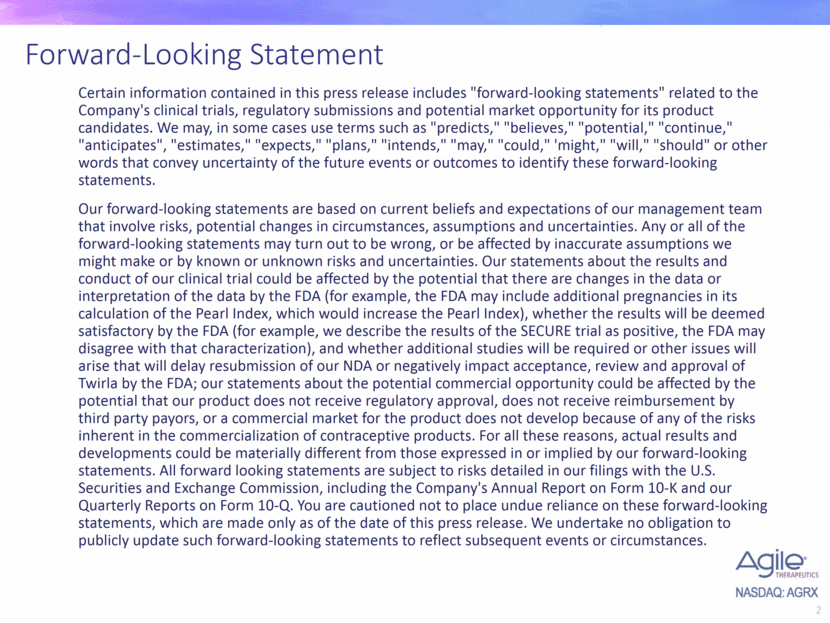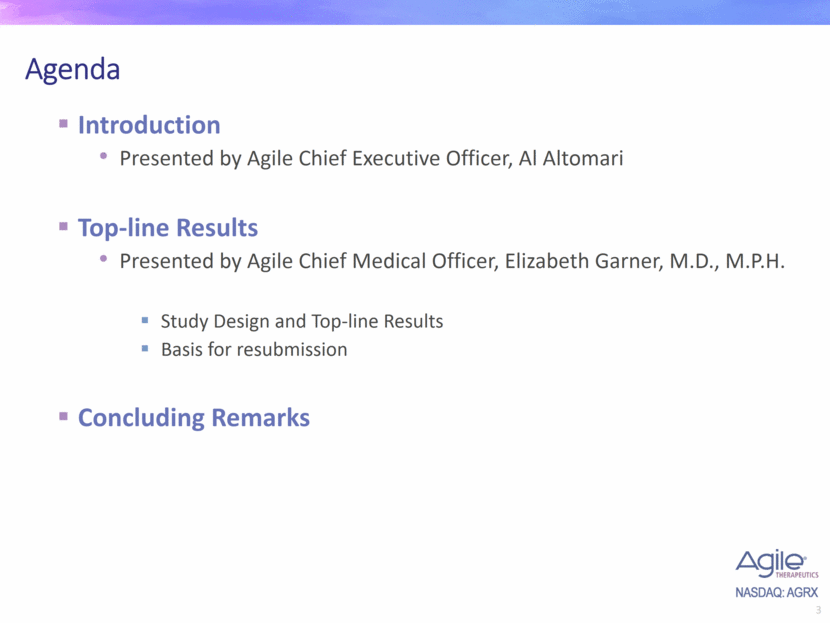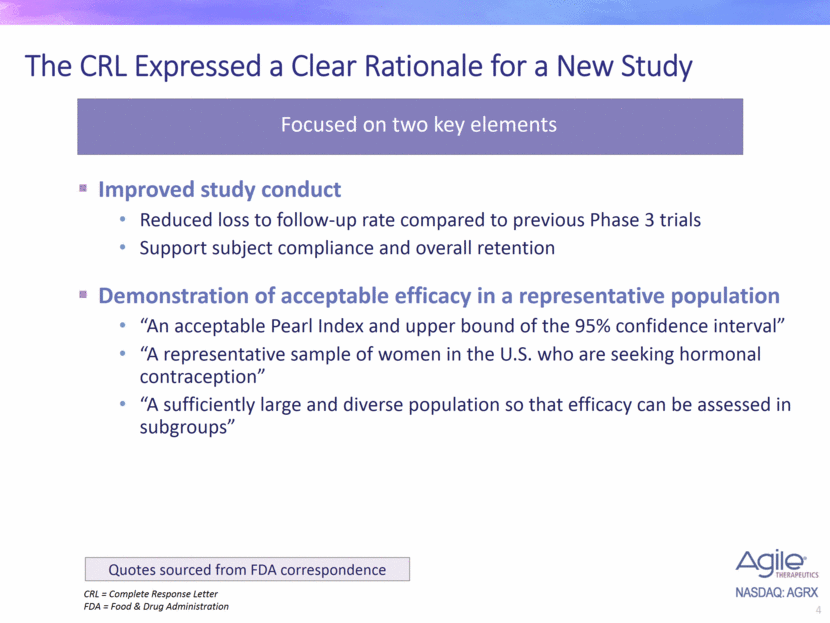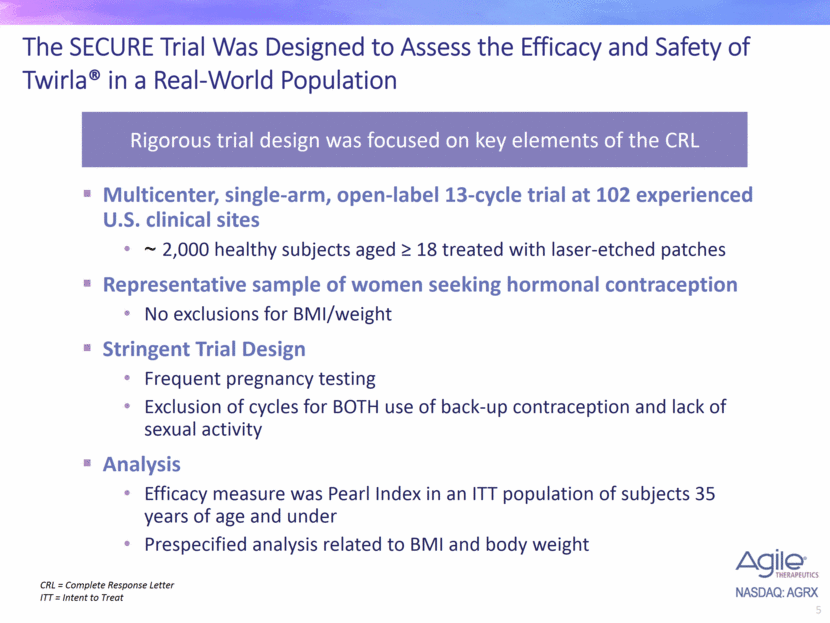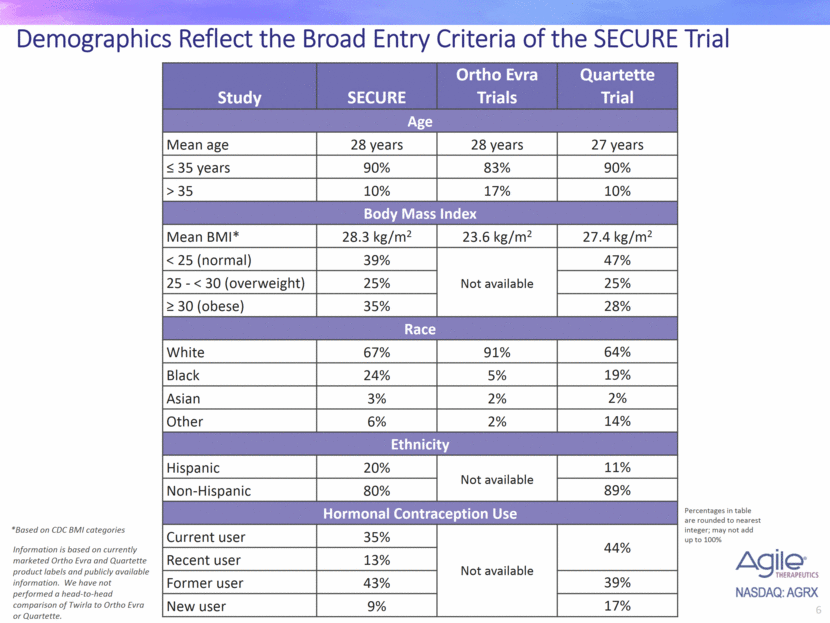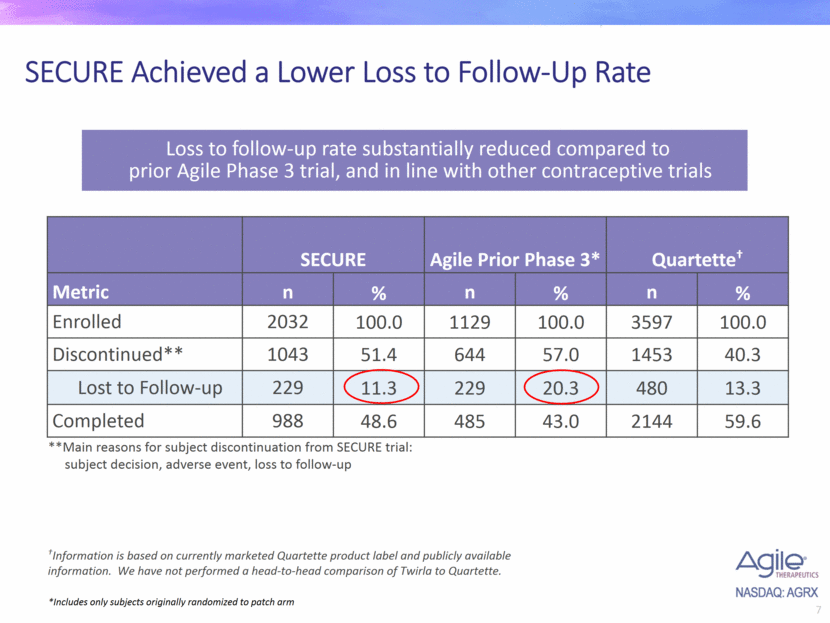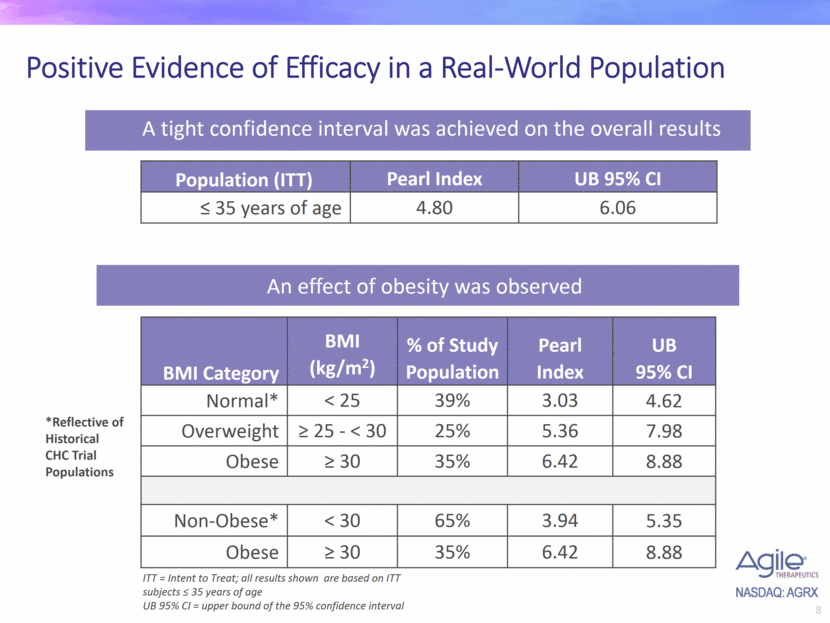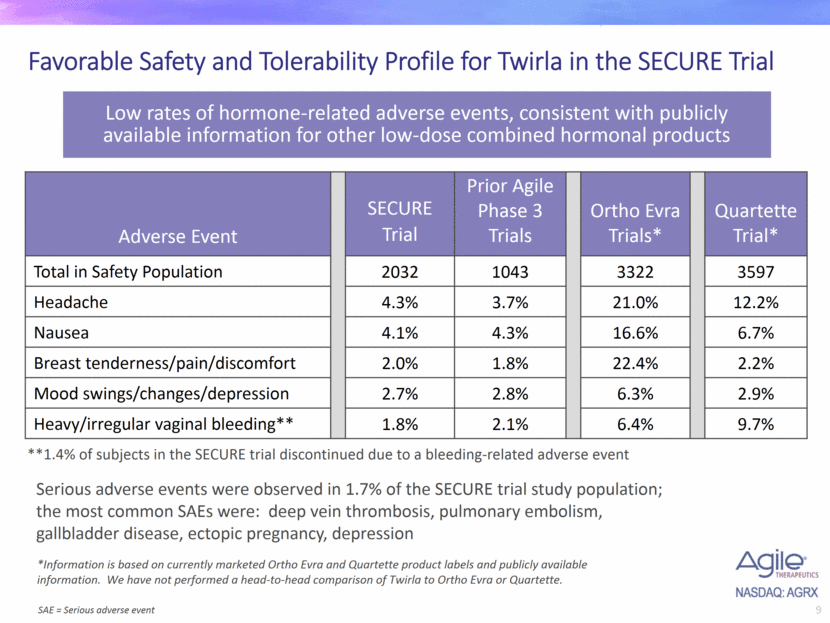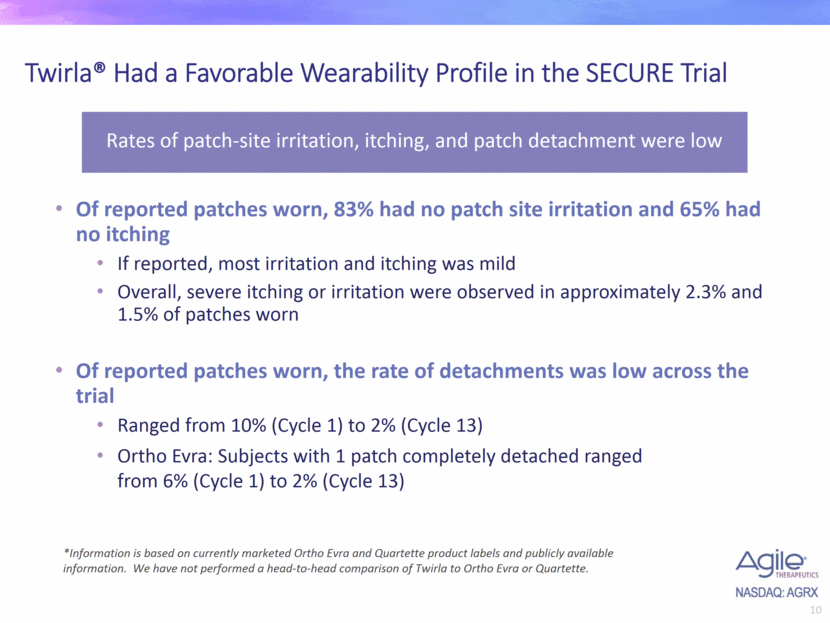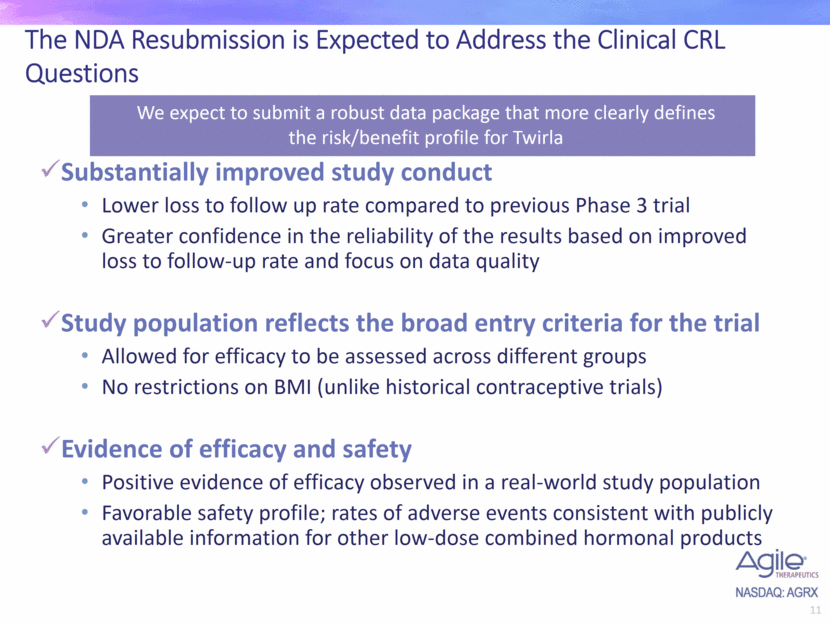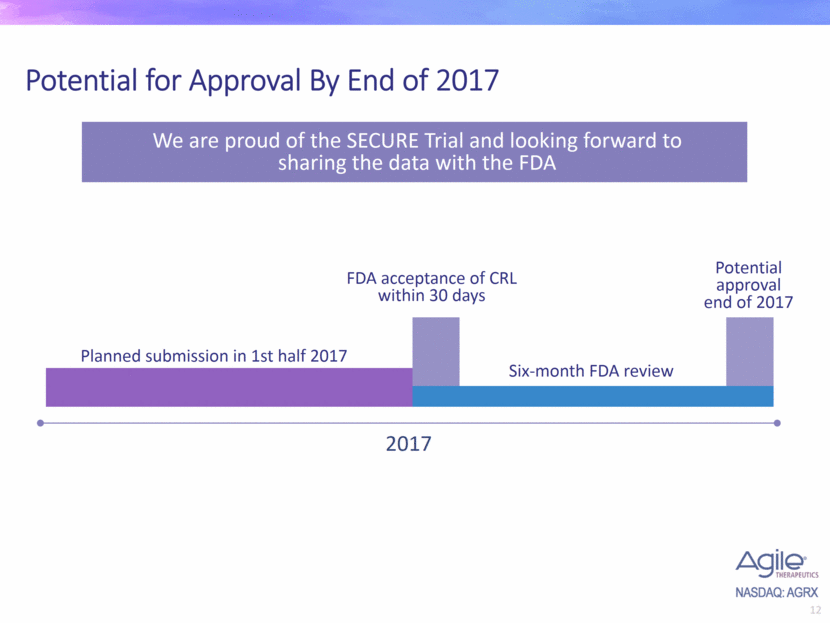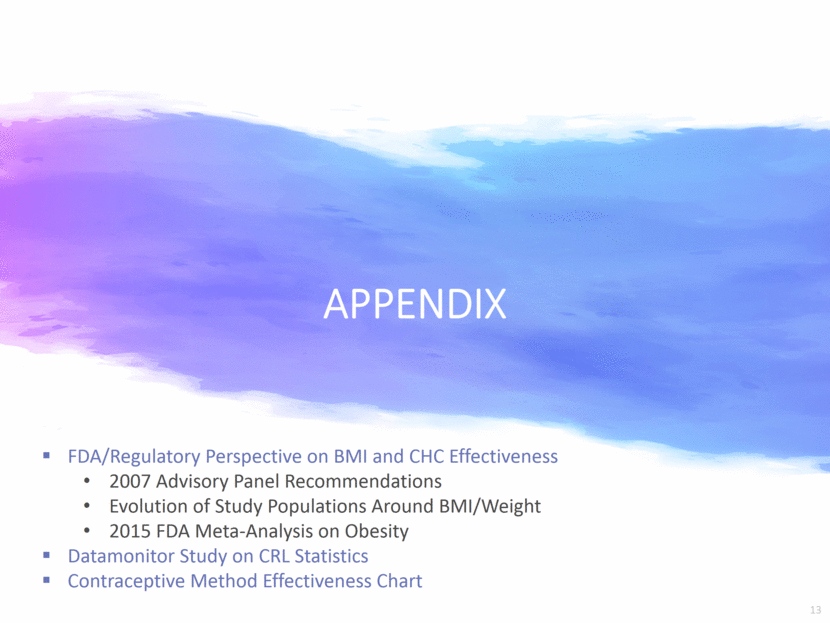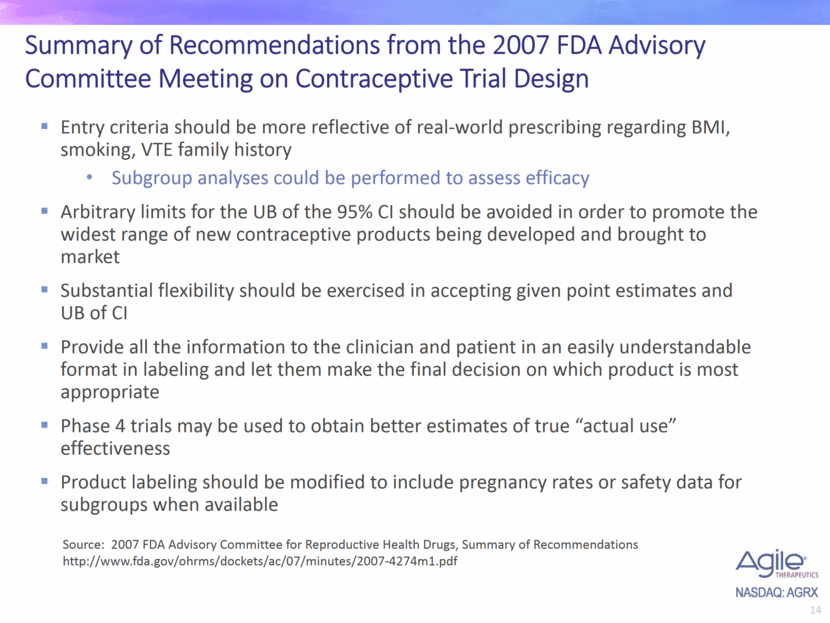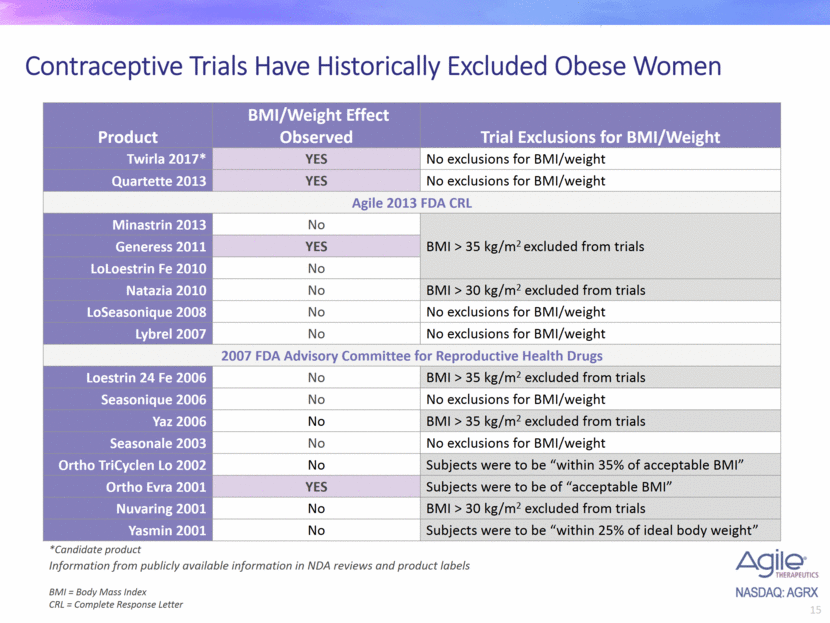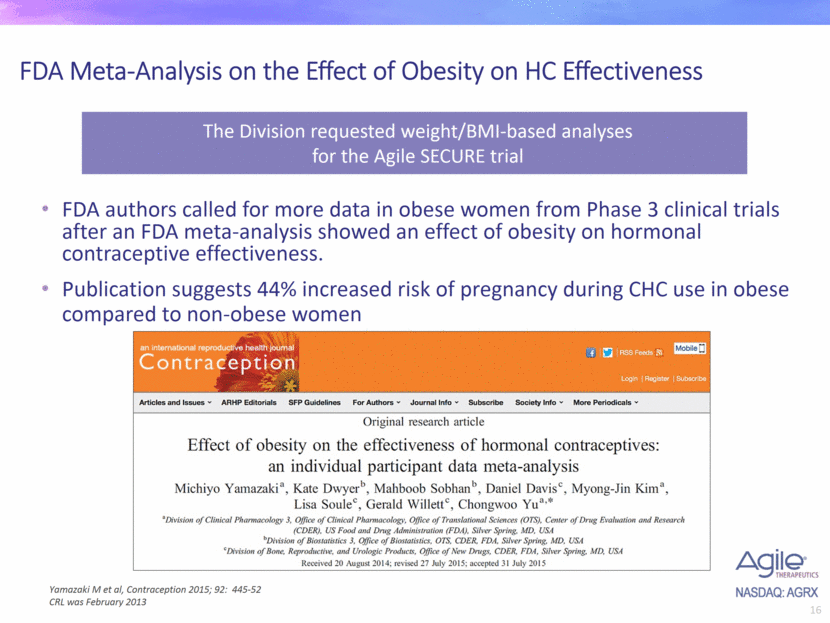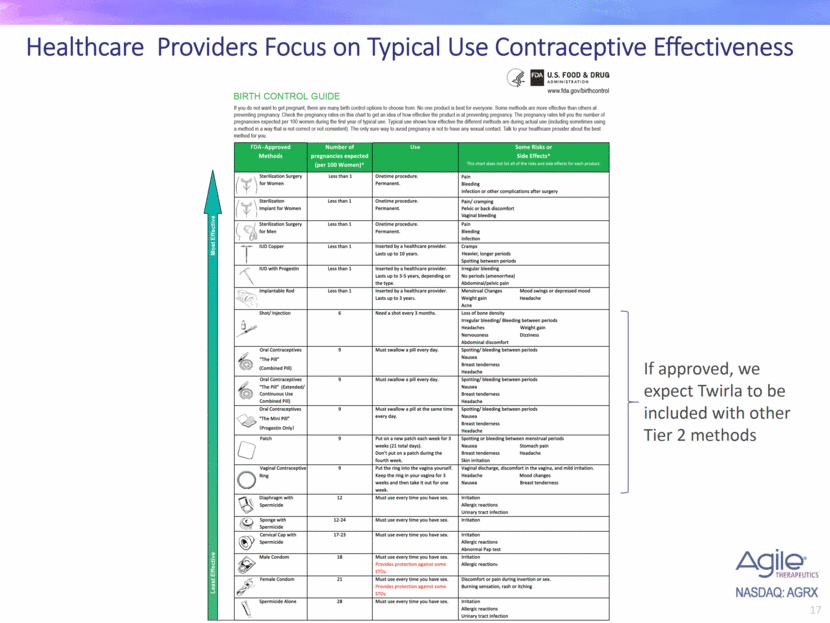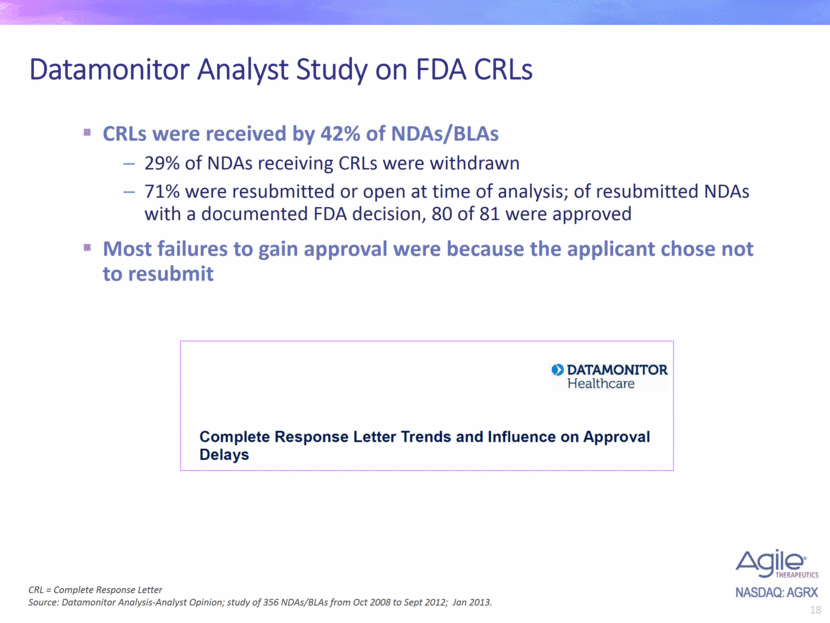Certain information contained in this press release includes "forward-looking statements" related to the Company's clinical trials, regulatory submissions and potential market opportunity for its product candidates. We may, in some cases use terms such as "predicts," "believes," "potential," "continue," "anticipates", "estimates," "expects," "plans," "intends," "may," "could," 'might," "will," "should" or other words that convey uncertainty of the future events or outcomes to identify these forward-looking statements. Our forward-looking statements are based on current beliefs and expectations of our management team that involve risks, potential changes in circumstances, assumptions and uncertainties. Any or all of the forward-looking statements may turn out to be wrong, or be affected by inaccurate assumptions we might make or by known or unknown risks and uncertainties. Our statements about the results and conduct of our clinical trial could be affected by the potential that there are changes in the data or interpretation of the data by the FDA (for example, the FDA may include additional pregnancies in its calculation of the Pearl Index, which would increase the Pearl Index), whether the results will be deemed satisfactory by the FDA (for example, we describe the results of the SECURE trial as positive, the FDA may disagree with that characterization), and whether additional studies will be required or other issues will arise that will delay resubmission of our NDA or negatively impact acceptance, review and approval of Twirla by the FDA; our statements about the potential commercial opportunity could be affected by the potential that our product does not receive regulatory approval, does not receive reimbursement by third party payors, or a commercial market for the product does not develop because of any of the risks inherent in the commercialization of contraceptive products. For all these reasons, actual results and developments could be materially different from those expressed in or implied by our forward-looking statements. All forward looking statements are subject to risks detailed in our filings with the U.S. Securities and Exchange Commission, including the Company's Annual Report on Form 10-K and our Quarterly Reports on Form 10-Q. You are cautioned not to place undue reliance on these forward-looking statements, which are made only as of the date of this press release. We undertake no obligation to publicly update such forward-looking statements to reflect subsequent events or circumstances. Forward-Looking Statement
